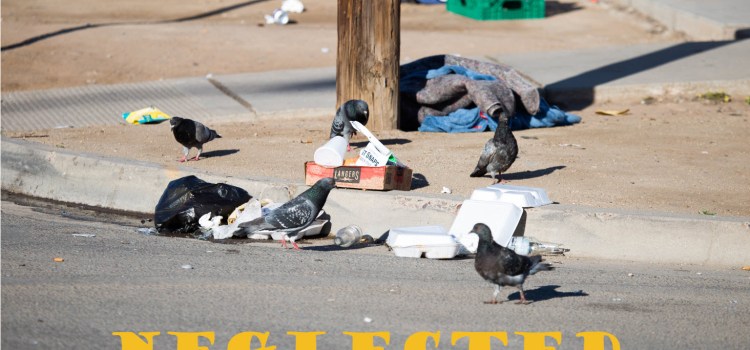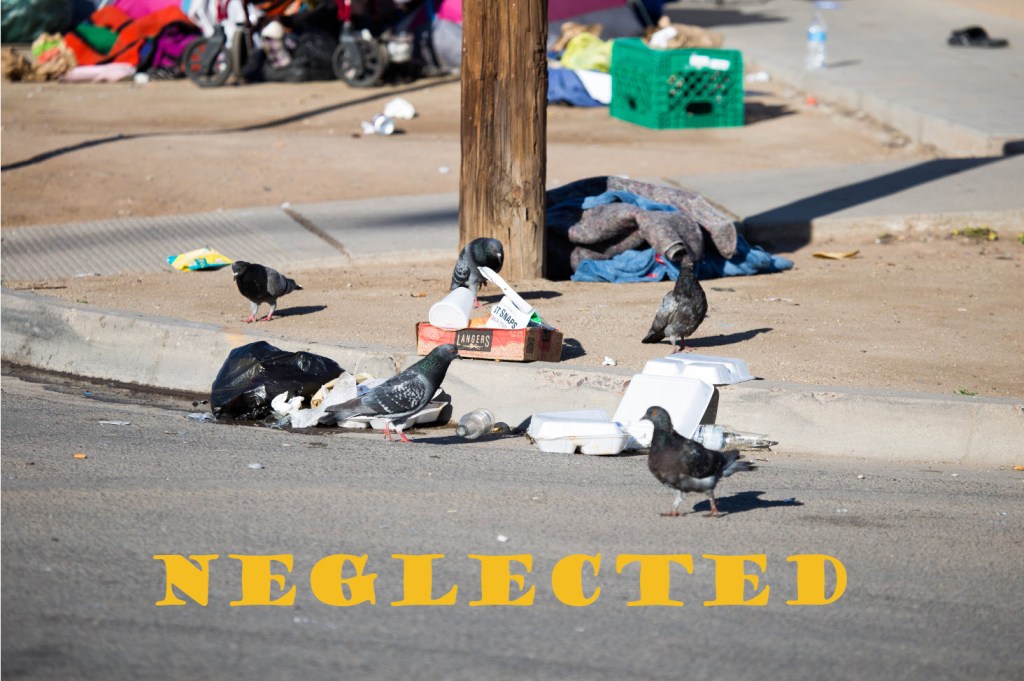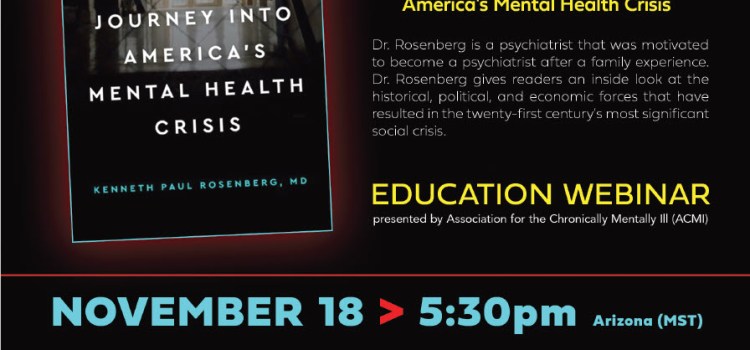
Caring for people with serious mental illnesses, such as schizophrenia, bipolar disorder, or major depressive disorder, who also have anosognosia (a lack of awareness of their illness) is crucial for numerous reasons, and not providing necessary care can have detrimental effects.
- Preservation of Human Rights: All individuals, regardless of their mental health status, have a right to health and well-being. This right includes access to healthcare and social support. Ignoring or denying care to someone because they lack insight into their condition due to anosognosia infringes upon these rights.
- Health Consequences: Without proper care, individuals with serious mental illnesses and anosognosia are at risk of worsening symptoms. This can lead to significant health consequences, including higher rates of hospitalization, physical health problems, homelessness, and suicide.
- Social Consequences: Failure to provide care for individuals with serious mental illness and anosognosia has broader societal impacts. It can lead to increased homelessness, as individuals may be unable to maintain stable housing. Furthermore, untreated mental illness can also contribute to an increased burden on the criminal justice system, as these individuals may engage in behaviors that get them into legal trouble, often because they aren’t receiving the care they need. They typically are crimes related to their illness, such as trespassing, public disturbance, or petty crime, but they can sometimes be violent crimes.
- Economic Burden: Treating individuals with mental illnesses early and effectively is cost-effective. Hospitalizations, incarcerations, homelessness, and emergency services are all costly societal burdens. Providing continuous, comprehensive care reduces these costs in the long term.
- Family Impact: The family and loved ones of those with serious mental illness often bear a substantial burden when adequate care is not provided. This can strain relationships and cause emotional, physical, and financial hardship for the family members involved.
- Potential for Recovery: Many individuals with serious mental illness, once appropriately treated, can lead meaningful, productive lives. By providing necessary care, even when anosognosia is present, we increase the chances of these individuals gaining insight into their conditions, adhering to treatment, and experiencing recovery.
- Ethical Responsibility: As a society, we have an ethical responsibility to care for those who are most vulnerable, including individuals with serious mental illness. Anosognosia, as a symptom of these illnesses, should not exempt these individuals from receiving the care they need.
In conclusion, while anosognosia presents unique challenges in the care of individuals with serious mental illness, it is imperative that we continue to advocate for and provide necessary support and treatment. The human, societal, and economic costs of not doing so are simply too great.
Laurie Goldstein
*****************************************************************************************************************************************************************************************************
Posted by Twisted Sisters Advocacy & Activism for Serious Brain Disorders July 9th, 2023.
Anosognosia affects between 50% and 98% of people with schizophrenia, about 40% of people with bipolar disorder, and more than 80% of people with Alzheimer’s disease.
For a disease that demands treatment above all else, leaving someone with anosognosia alone on the streets until they die is a cruel and unusual punishment for a disease. Why do civil rights activists and disability activists keep harming our family members? What’s the point of letting them deteriorate and preventing them from getting basic medical care? In pursuit of an ideal? Does it matter? In my experience as a family member of someone who died as a result of severe mental illness and anosognosia symptoms, I am offended to my core by those who wish to maintain the status quo.
Civil and disability rights activism has a human cost here. It is of the utmost importance to recognize the suffering and struggles of those affected. It is also important to ensure that those who need medical care receive it. We do not let our Alzheimer’s patients with anosognosia roam the streets. We speak for them. We care for them. We need to demand more humane treatment for people with anosognosia from severe mental illnesses.
Activists for civil rights and disability are strangers to our loved ones. They do not understand the pain and suffering we have been through. There’s no personal connection between them and our loved ones. No professional connection exists between them. They are not privy to the suffering of my loved one or have intimate knowledge of it. Because #FamiliesLikeMine don’t have a right to treatment before tragedy strikes, the activists for civil rights can sleep soundly at night despite the pain they cause those whose loved ones die a slow, agonizing death. What do citizens of this magnificent nation do when tragedy strikes beyond the individual suffering from a brain disorder? They scream, “Why didn’t the family act? But, what can a family do if the law does not recognize their right to treatment?
As defined, anosognosia is not denial. Anosognosia is a mental illness in which the sufferer is unaware of their condition. A denial of anosognosia’s legitimate importance in the medical community and in our laws and policies is to ignore it. That is a denial.
It is not a denial of the experience of those with anosognosia, but rather a denial of the reality of anosognosia as a medical condition. We need to recognize anosognosia as a legitimate medical condition and ensure that our laws and policies reflect this understanding. This will ensure that individuals with anosognosia can access the care and treatment they need.
#RIPMarkRippee #TreatmentB4Tragedy #HousingThatHeals #PassSB43ToSaveLives




 Photo by
Photo by 











You must be logged in to post a comment.